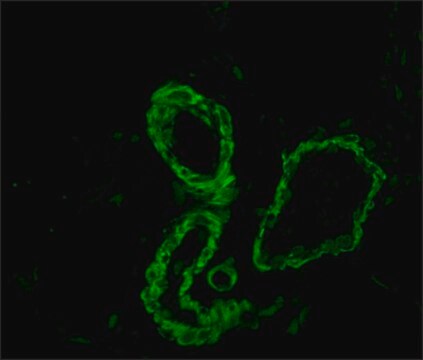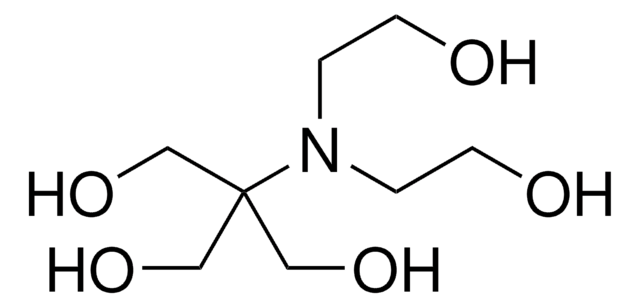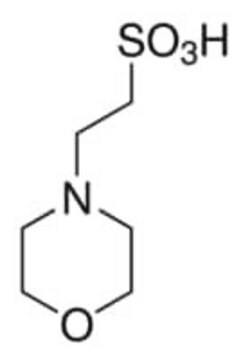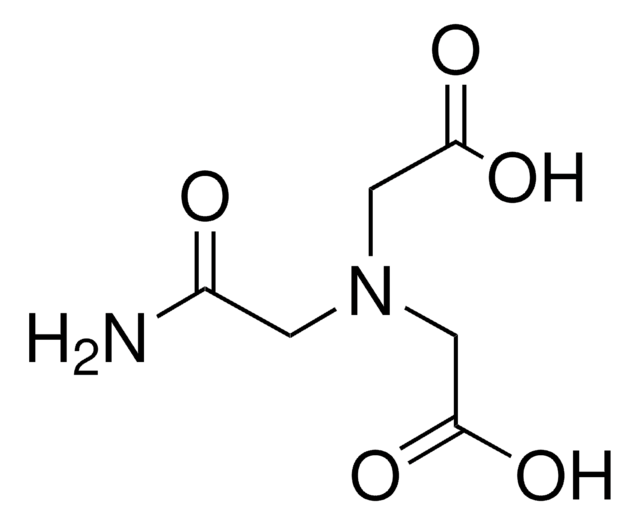M8250
MES hydrate
≥99.5% (titration)
Synonym(s):
2-(N-Morpholino)ethanesulfonic acid hydrate, 4-Morpholineethanesulfonic acid
About This Item
Recommended Products
Quality Level
Assay
≥99.5% (titration)
form
crystalline powder
storage condition
dry at room temperature
color
white
useful pH range
5.5-6.7
pKa
6.1
solubility
water: 0.25 g/mL, clear, colorless
application(s)
agriculture
clinical research
diagnostic assay manufacturing
life science and biopharma
storage temp.
room temp
SMILES string
O.OS(=O)(=O)CCN1CCOCC1
InChI
1S/C6H13NO4S.H2O/c8-12(9,10)6-3-7-1-4-11-5-2-7;/h1-6H2,(H,8,9,10);1H2
InChI key
MIIIXQJBDGSIKL-UHFFFAOYSA-N
Looking for similar products? Visit Product Comparison Guide
Related Categories
General description
With excellent water solubility and virtual insolubility in lipids, MES Buffer is impermeable to membranes, ensuring efficacy in cellular environments. Its applications span maintaining stability in cell culture media, protein-based buffer formulations, and electrophoresis running buffers. MES Buffer may also find usage in purifying antibodies, peptides, proteins, blood components, and growth factors. MES Buffer stands out as a better alternative to potentially toxic agents like cacodylate and non-zwitterionic buffers such as citrate and malate. MES Buffer proves valuable for adjusting growth media pH, stabilizing enzymatic solutions, and serving as a component of PAGE running buffer in diverse experimental settings.
Application
- in the MS (Murashige and Skoog) media for growth of Arabidopsis seedlings.
- in the cytoskeleton buffer during immunofluorescence study.
- as a wash buffer to wash the paramagnetic beads and resuspend them for binding mannose-BSA
- as a component of growth medium
Features and Benefits
- Effective Buffering from pH 5.5-6.7 with a pKa of 6.1 (25 °C)
- Highly soluble in water
- Minimal metal ion binding
- Stable in a wide pH range
- Low UV absorptivity and Minimal reactivity
Preparation Note
Storage and Stability
Other Notes
Storage Class Code
11 - Combustible Solids
WGK
WGK 1
Flash Point(F)
Not applicable
Flash Point(C)
Not applicable
Personal Protective Equipment
Choose from one of the most recent versions:
Already Own This Product?
Find documentation for the products that you have recently purchased in the Document Library.
Customers Also Viewed
Protocols
This procedure may be used for Mutanolysin products.
Enzymatic assay of lipase type XIII from Pseudomonas sp. using a coupled enzyme system of glycerol kinase and glycerophosphate oxidase (EC 3.1.1.3)
Our team of scientists has experience in all areas of research including Life Science, Material Science, Chemical Synthesis, Chromatography, Analytical and many others.
Contact Technical Service









